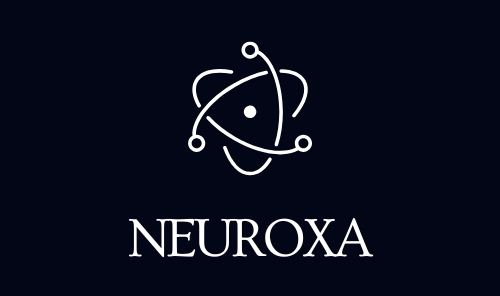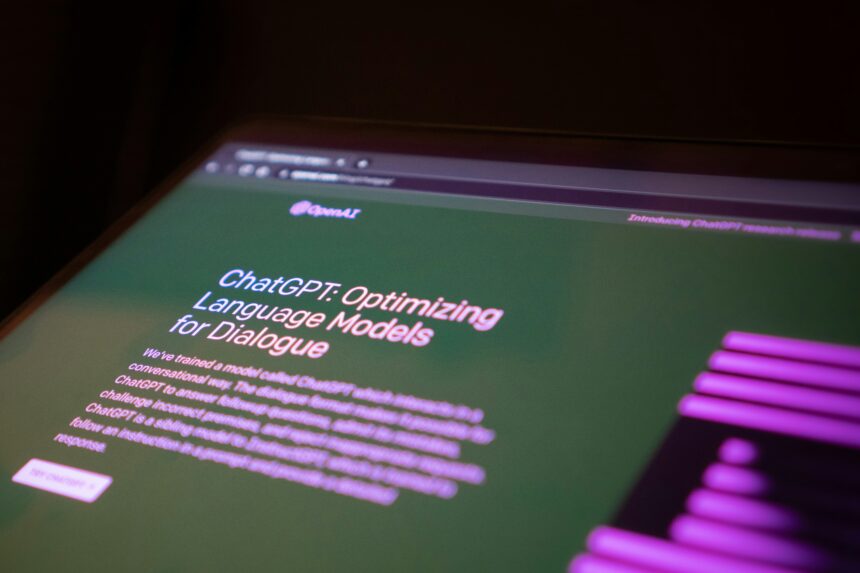Introduction: The New Era of Cognitive Automation
Generative AI (GenAI) models like ChatGPT and Gemini are no longer just tools for writing essays or code; they are advanced cognitive assistants capable of automating the repetitive, analytical, and organizational tasks that drain your personal time and mental energy.
- Introduction: The New Era of Cognitive Automation
- Section 1: AI as Your Financial Analyst (Budgeting and Forecasting)
- Section 2: AI as Your Scheduling Strategist (Time Blocking and Focus)
- Section 3: Pro-Level Prompting: Unleashing Your Virtual Assistant
- Conclusion: Automating Cognitive Load
The key to unlocking their power lies in using them as a data interpreter and scheduling strategist. Instead of using these models to write simple emails, you can train them to analyze your spending habits, generate personalized budgets, summarize complex financial documents, and proactively manage your calendar.
The adoption of AI forecasting tools in personal finance is projected to grow by 30% by the end of 2025 as individuals recognize the power of real-time insights and automated analysis. This guide focuses on the two most impactful areas for personal productivity: finance and scheduling, detailing specific, actionable steps to turn your free AI chatbot into a highly effective virtual assistant.
Section 1: AI as Your Financial Analyst (Budgeting and Forecasting)
Managing personal finance is often delayed because it feels like a chore involving endless spreadsheets and complex math. ChatGPT and Gemini excel at taking raw data, applying formulas, and producing actionable insights, simplifying the process dramatically.
The Financial Automation Blueprint
| Time-Consuming Task | AI Automation Solution (Using ChatGPT/Gemini) | Time Saved & Benefit |
| Budget Creation | Prompt the AI with your income, fixed expenses, and debt obligations. Ask it to generate a personalized zero-based budget template and suggest allocation percentages (e.g., 50/30/20 rule). | 3 Hours of setup and research; receive an organized, customizable spreadsheet. |
| Expense Categorization | Copy and paste raw bank statements or credit card transactions into the chat window. Ask the AI to categorize expenses into key buckets (e.g., “Dining,” “Groceries,” “Utilities”) and flag outliers. | 1 Hour monthly; reduces the likelihood of human error and provides immediate clarity. |
| Financial Learning | Ask the AI to simplify complex financial concepts (e.g., “Explain the difference between a Roth IRA and a traditional IRA using a metaphor”). | Eliminates confusion and provides instant, targeted financial education. |
| Scenario Planning | Ask the AI to simulate financial scenarios (e.g., “If I pay an extra $200 per month on my mortgage, how much sooner will I be debt-free?”). | Minutes vs. hours of manual calculation; helps set attainable financial goals. |
⚠️ Critical Financial Guardrail (The Trust Factor)
While LLMs are phenomenal for analysis and structure, they are known to occasionally “hallucinate” or make arithmetic errors when dealing with complex calculations or specific financial regulations. Never use AI output as definitive financial or tax advice.
Your Process Must Include:
- Data Input: Use the AI to analyze and organize data (as shown above).
- Verification: Always verify all financial formulas, dates, and regulatory information with a trusted source or a financial professional.
- Use for Planning: Use the AI for the planning, goal-setting, and organizational structure, not for the final, verified numbers needed for regulatory filings.
Section 2: AI as Your Scheduling Strategist (Time Blocking and Focus)
The true value of AI in scheduling is not just booking a meeting; it’s protecting your focus time and dynamically managing a complicated to-do list against a real-world calendar. This goes beyond simple scheduling links.
The AI Scheduling Power-Up
You can use the native AI features in tools like Google Calendar (Gemini in Workspace) or third-party AI assistants like Reclaim.ai and Motion (which often integrate LLMs).
1. The Strategy: Focus Time and Task Integration
Modern AI schedulers use Natural Language Processing (NLP) to understand your intent and priority to make better decisions than you could manually.
- Task List Transformation: Instead of using a static to-do list, upload your list of tasks and their estimated time/priority (e.g., “Draft Quarterly Report, 4 hours, High Priority”) into an integrated AI scheduler. The AI dynamically finds the best available slots in your calendar and actively blocks out “Focus Time” for them.
- Buffer Time: The AI automatically inserts smart buffers (e.g., 15 minutes) between consecutive meetings, preventing the burnout caused by back-to-back calls.
2. Conflict Resolution and Dynamic Rescheduling
The biggest time-saver is the AI’s ability to handle unforeseen conflicts without your input.
| Scheduling Challenge | AI Automation Solution (Tools like Reclaim.ai/Motion) | Time Saved & Benefit |
| Urgent Meeting: A high-priority meeting is booked, clashing with a scheduled task. | The AI automatically shuffles or reschedules the task to the next optimal time slot without dropping it, then notifies you of the change. | 2 Hours weekly of manual reshuffling. |
| Goal Blocking: Needing to protect time for personal habits (e.g., gym, lunch break, reading). | You set a “Habit” time block. The AI defends that time, but keeps it marked as flexible so only urgent meetings can steal it. | Improved Work-Life Balance and consistency in personal routines. |
| Meeting Prep: Needing 30 minutes before a major client call. | The AI automatically blocks a 15–30 minute buffer just before your highest-priority meetings, ensuring you have time to prepare and review notes. | 1.5 Hours weekly of high-quality prep time. |
Section 3: Pro-Level Prompting: Unleashing Your Virtual Assistant
The effectiveness of these free tools is entirely dependent on the quality of your instructions. You need to stop asking simple questions and start giving the AI a persona, context, and a mission.
Prompt Engineering for Personal Management
| Category | Weak Prompt (General) | Strong Prompt (Contextualized) |
| Finance | “Give me a budget for a single person.” | “Act as a Fee-Only Financial Planner. Create a zero-based budget for a household with $6,000 monthly income. Prioritize Roth IRA contribution and allocate 15% for discretionary spending. Provide the output as a Markdown table.” |
| Scheduling | “Tell me what I should do today.” | “You are my Executive Assistant, Maria. My goal today is deep work on the ‘Q4 Report.’ Review my synced calendar and list my top 3 tasks. Proactively block 3 hours of uninterrupted focus time today, moving any non-essential internal meetings to tomorrow afternoon.” |
| Tax Prep | “How do I file taxes?” | “I am a freelancer in Arizona, USA. Based on 2024 tax laws, what are the top 5 deductible business expenses I should track to reduce my Self-Employment Tax? Simplify the complex concepts using plain language.” |
By defining the AI’s role (Planner, Assistant, Expert) and demanding a specific output format (Table, Summary, Outline), you move from receiving generic advice to generating actionable, customized management tools.
Conclusion: Automating Cognitive Load
The biggest benefit of using ChatGPT and Gemini as your personal virtual assistant is the reduction of cognitive load. By offloading the mental energy spent on organizing expenses, remembering meeting prep, and manually managing time blocks, you free up your mind for creative, high-level decision-making.
While AI does not replace the human judgment required for critical financial decisions, its ability to analyze, organize, and strategize in seconds makes it the most powerful and cost-effective personal productivity tool available in 2025. Start with a few strong prompts today, and let your AI assistant begin working on your life goals immediately.
Source List
- Britannica Money:Personal Finance and AI: How to Use AI for Budgeting & Saving (October 2025)
- Google Workspace:AI for Finance | Google Workspace (2025)
- Lindy / CalendarBridge:The Ultimate Guide to AI Meeting Scheduling Software in 2025 (October-November 2025)
- McKinsey:AI in the workplace: A report for 2025 (January 2025)
- SuperAGI:Top 10 AI Budget Planning Tools for 2025 (June 2025)









